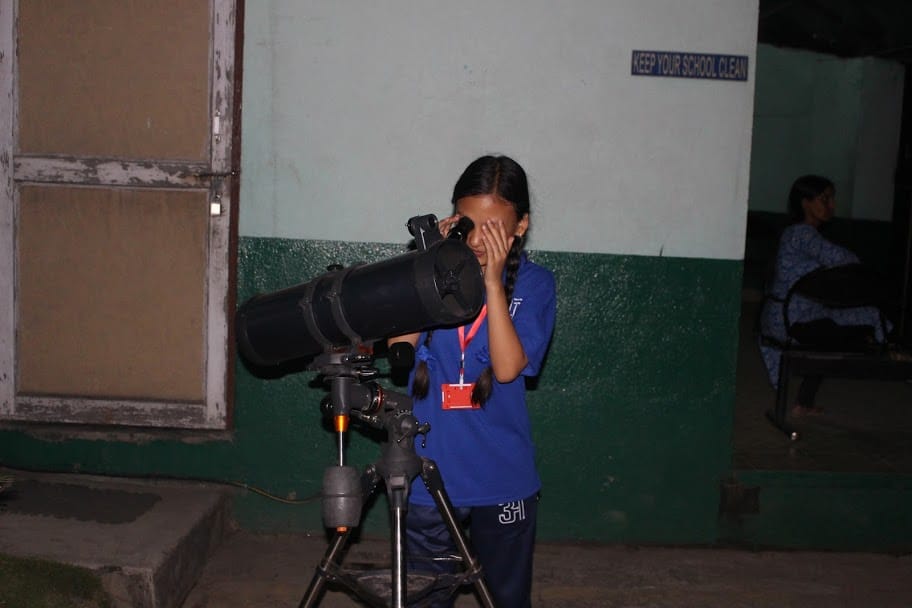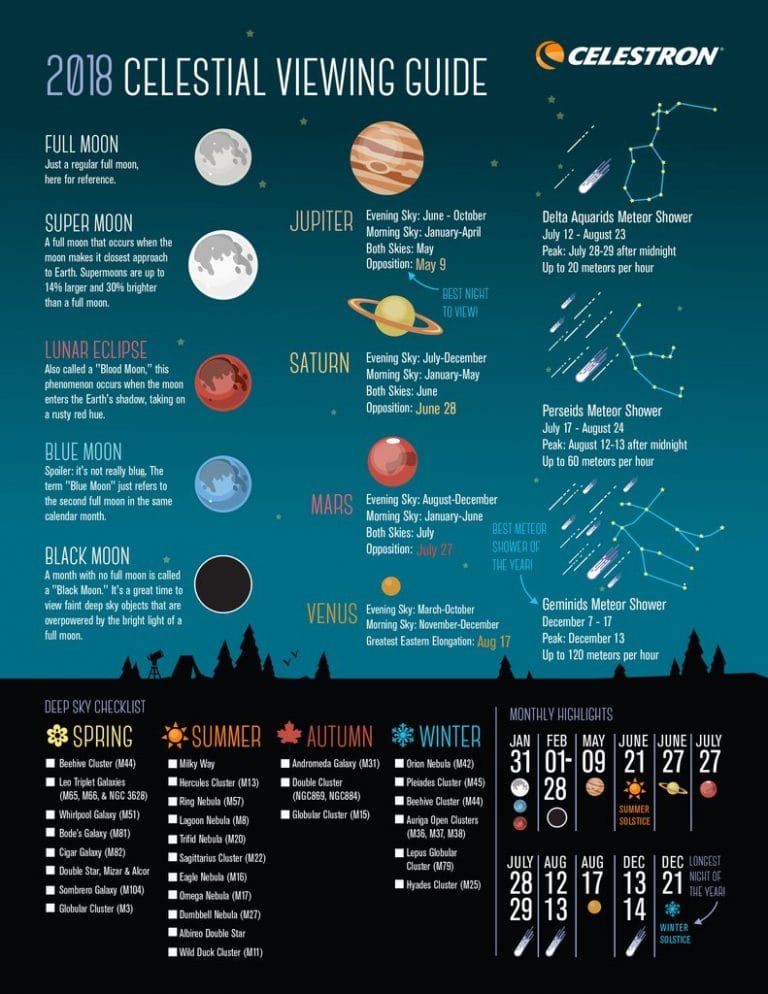January is a month that often brings a sense of renewal and fresh beginnings, and for astronomy enthusiasts, it also heralds a spectacular display of celestial events. This year, January offers a unique opportunity to observe rare planetary alignments and dazzling meteor showers, making it a prime time for both seasoned astronomers and casual skywatchers to engage with the night sky.
One of the most anticipated events in January is the alignment of several planets. Throughout the month, observers will be able to see a striking formation of planets, including Venus, Saturn, and Jupiter, as they line up in the evening sky. This planetary alignment occurs when the planets appear to be positioned in a straight line from the perspective of Earth, creating a stunning visual spectacle. The best time to catch a glimpse of this alignment is during the early evening hours, just after sunset, when the planets will be low on the horizon.
Venus, often referred to as the “Evening Star,” will be particularly prominent in the sky, shining brightly and easily visible to the naked eye. Its brilliance makes it one of the most recognizable celestial objects. Saturn, known for its iconic rings, will also be visible, although it may appear less bright than Venus. Jupiter, the largest planet in our solar system, will complete the trio, providing a captivating sight for those looking up at the heavens.
In addition to the planetary alignments, January is also home to one of the most notable meteor showers of the year: the Quadrantids. This meteor shower typically peaks in early January, offering a chance to witness a high number of meteors streaking across the sky. The Quadrantids are known for their bright fireballs and can produce up to 120 meteors per hour under optimal conditions. The peak of the shower is expected to occur during the night of January 3rd into the early hours of January 4th, making it an ideal time for stargazers to step outside and enjoy the show.
To maximize the viewing experience of both the planetary alignments and the meteor shower, it is advisable to find a location away from city lights, where light pollution can hinder visibility. A clear, dark sky will enhance the experience, allowing observers to fully appreciate the beauty of these celestial events. Additionally, using a blanket or reclining chair can provide comfort during the wait for the meteors to appear.
For those interested in photography, this month presents an excellent opportunity to capture stunning images of the night sky. With the alignment of planets and the potential for meteors, photographers can experiment with long exposure techniques to create breathtaking photographs. It is advisable to bring a tripod and familiarize oneself with camera settings to achieve the best results.
As January progresses, the alignment of the planets will gradually shift, providing different perspectives and angles for observers. This dynamic nature of the night sky is part of what makes astronomy such a fascinating hobby. The movement of celestial bodies can be tracked using various astronomy apps and websites, allowing enthusiasts to stay informed about the best times to observe specific events.
In summary, January is shaping up to be an exciting month for those interested in astronomy. The rare planetary alignments featuring Venus, Saturn, and Jupiter will create a stunning visual display, while the Quadrantid meteor shower offers a chance to witness numerous meteors streaking across the sky. Whether you are a seasoned astronomer or a casual observer, taking the time to step outside and gaze at the wonders of the universe can be a rewarding experience. As the month unfolds, be sure to mark your calendar for these celestial events and prepare to be awed by the beauty of the night sky.



